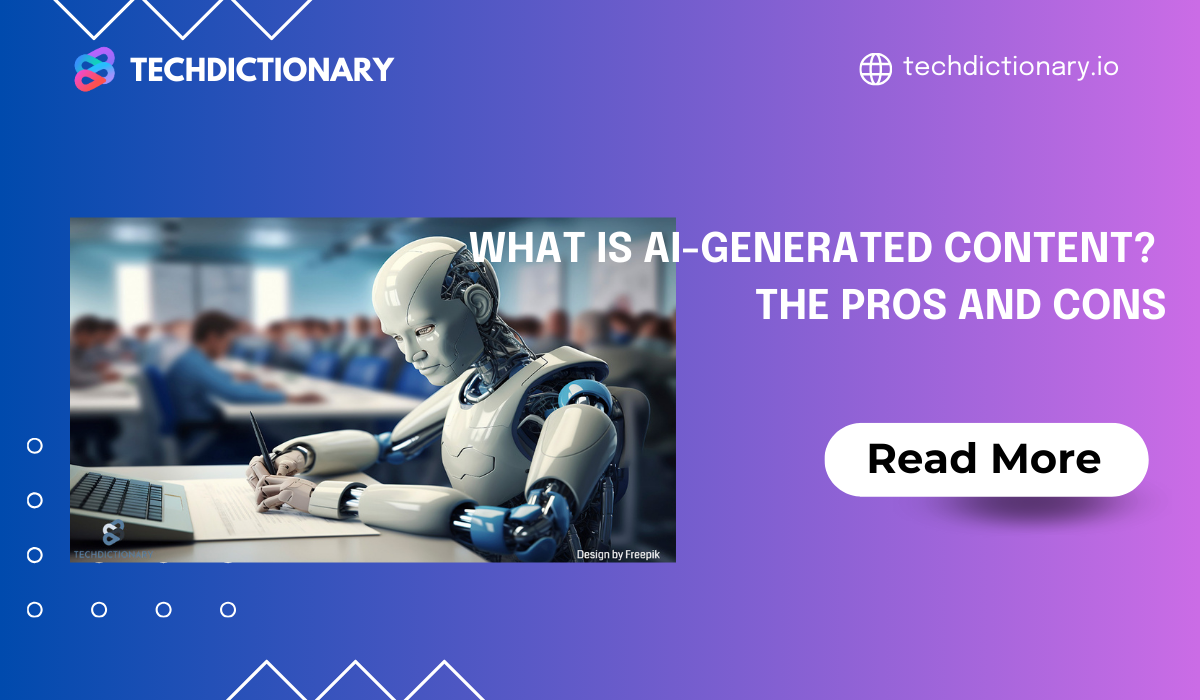
AI content has been a hot topic that creators worldwide discuss every day. It is developing rapidly and automating content creation like no other tool. So, “What is AI-generated Content?” How does it work and automate many tedious tasks in your day-to-day workflows? What are the pros and cons of using AI content?
Let TechDictionary solve your wonders with our detailed guide on AI content and some examples of how to add AI content to your existing workflows.
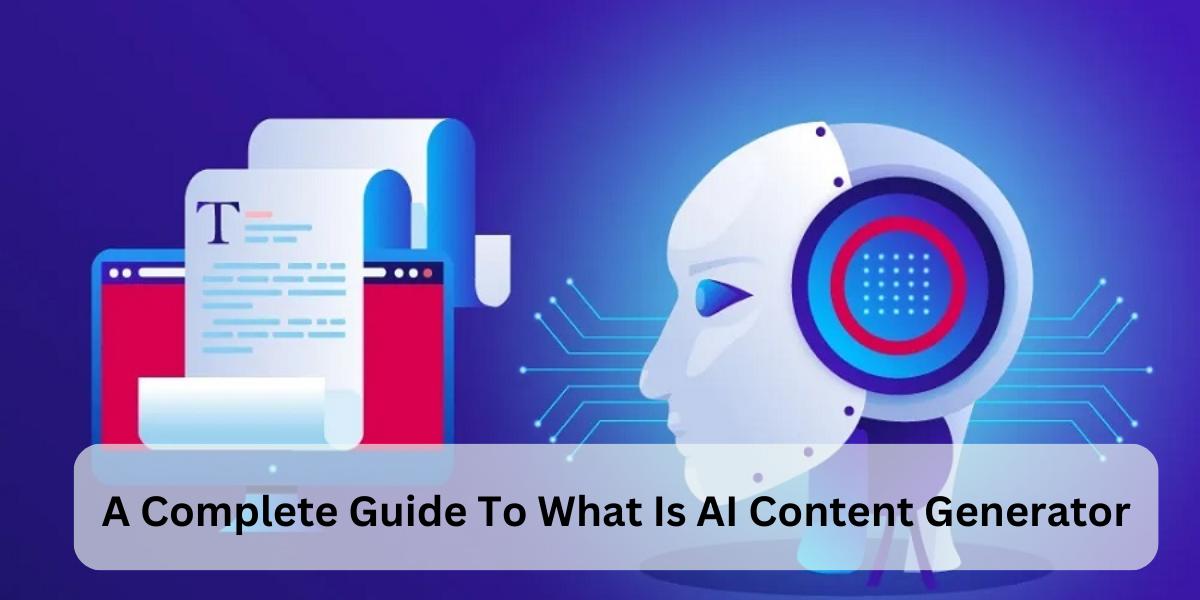
What is AI-generated Content?
AI-generated content includes pieces of writing or visual works (images, videos, and audio) created by machines based on human inputs (also known as prompts).
Furthermore, content produced by AI can include heavily modified human works created by deep learning. When a real person speaks in a video made by AI, their voice and lip movements are altered to produce a speech they would never have made in real life.
When it comes to content production, the process starts with users inputting a prompt that usually includes specific details such as the topic, keywords, and the required format. Once this prompt is entered, an AI bot goes to work by searching the Internet to gather content that is directly related to the user’s request. After collecting the relevant information, the AI then generates copies based on the gathered data.
Moreover, users also have the option to input their existing content, allowing these AI tools to further enhance their work by fine-tuning documents or adding new information based on web searches. This process not only streamlines content creation but also ensures that the end result is comprehensive and well-informed.
Let’s start with a simple-to-use AI writer, Gravity Write, which speeds up the content creation process and enhances the writing quality. You only need to answer a few short questions, like the content topic and the target audience.
Here is a speech about career development for university students we created in less than minutes using Gravity Write.
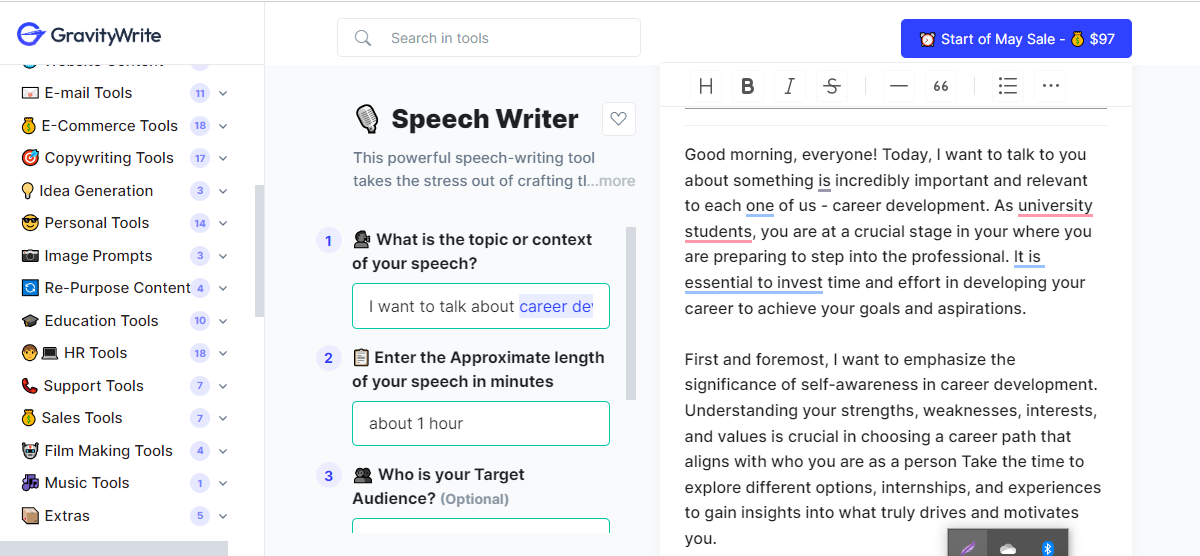
Speech Writer Generated By Gravity Write
ElevenLabs is an AI TTS that empowers users to create natural-sounding speech for videos, presentations, or any project requiring a voice element. ElevenLabs AI voice generator supports 29 languages, like English, Spanish, and Chinese, as well as diverse accents.
With the fast-changing algorithms, now we can easily make an AI video without humans in seconds. HeyGen and Vidnoz are two cutting-edge AI tools for producing videos. They offer brilliant and beginner-friendly features, such as converting text to speech, creating an AI avatar, or swapping faces in images/videos.
Here is our test result after using Vidnoz – one of the best free AI face swap feature to swap Wonder Woman’s face with Emma Watson.
As you can see, the image has a small watermark. You can subscribe to monthly, half-yearly, or yearly plans to remove it and unlock more premium features of Vidnoz.
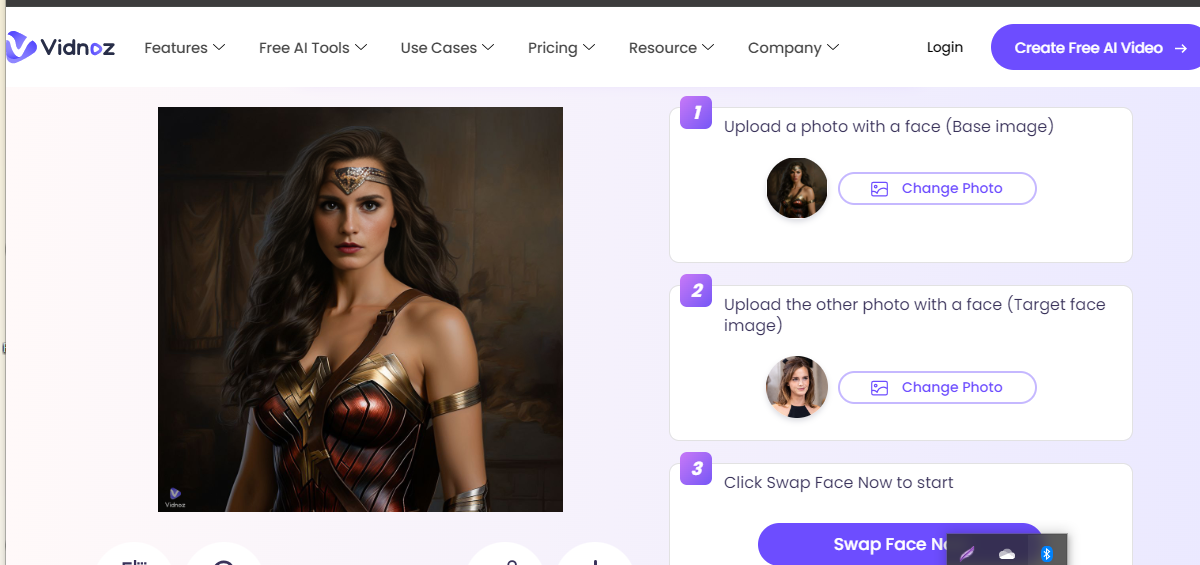
Vidnoz AI Face Swap Feature
AI content generators can assist users in several ways. Let us show you how to leverage these AI tools.
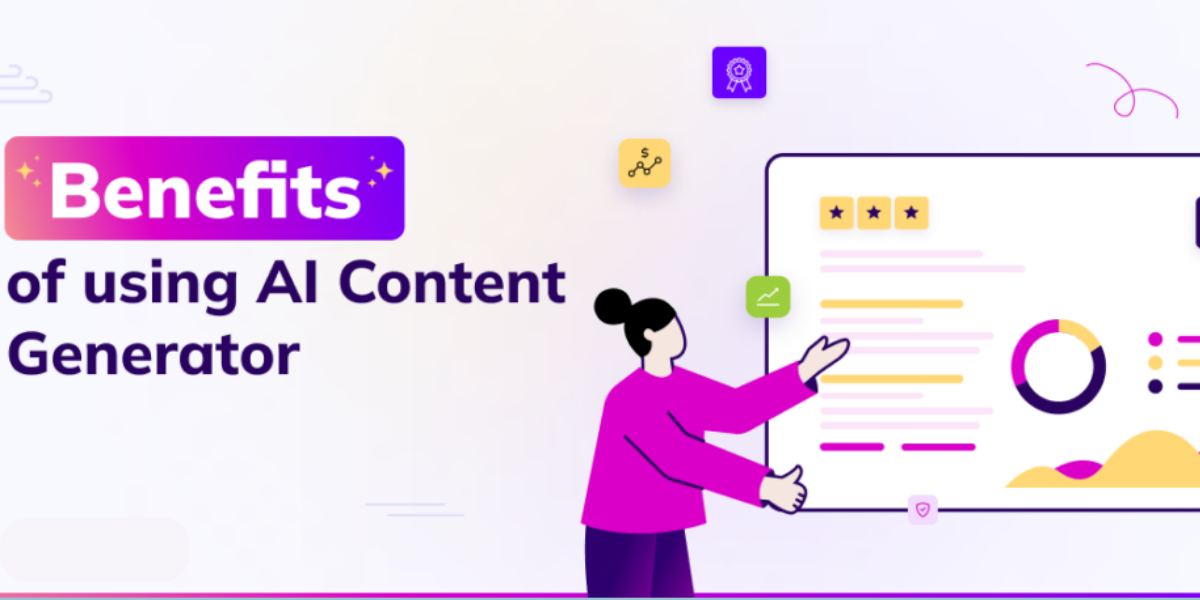
The advantages of AI Content
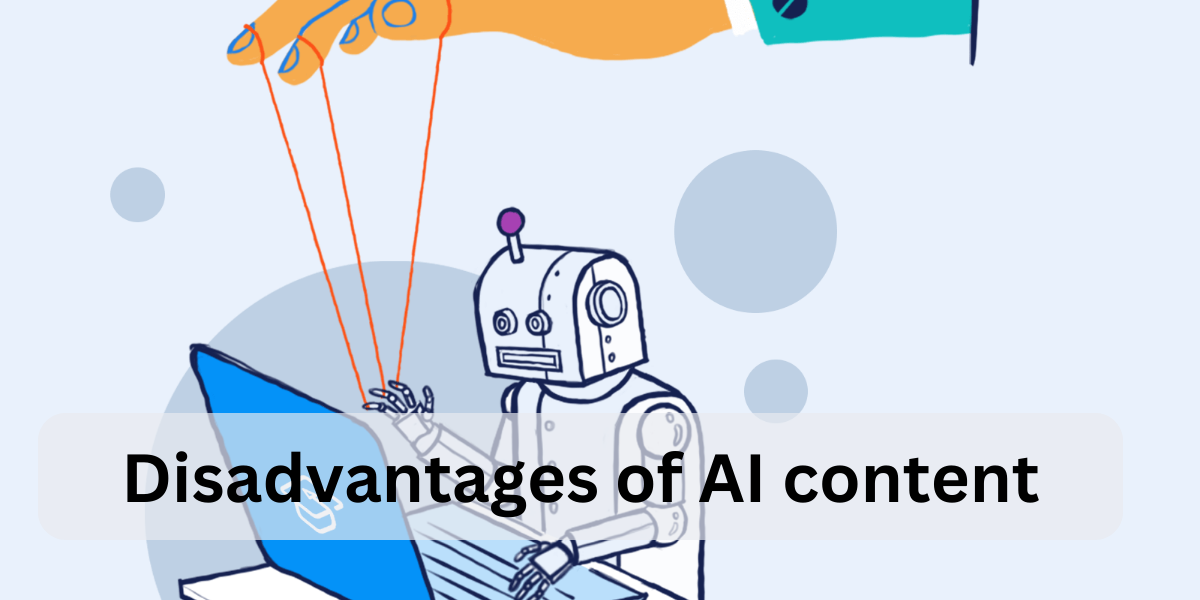
The Cons Of Using AI Content
Everything has two sides – and here are the downsides of AI materials.
First, users can create complete SEO-rich articles with artificial intelligence (AI) tools to attract readers and satisfy search engines. Those articles will drive a lot of traffic and enhance your site ranking.
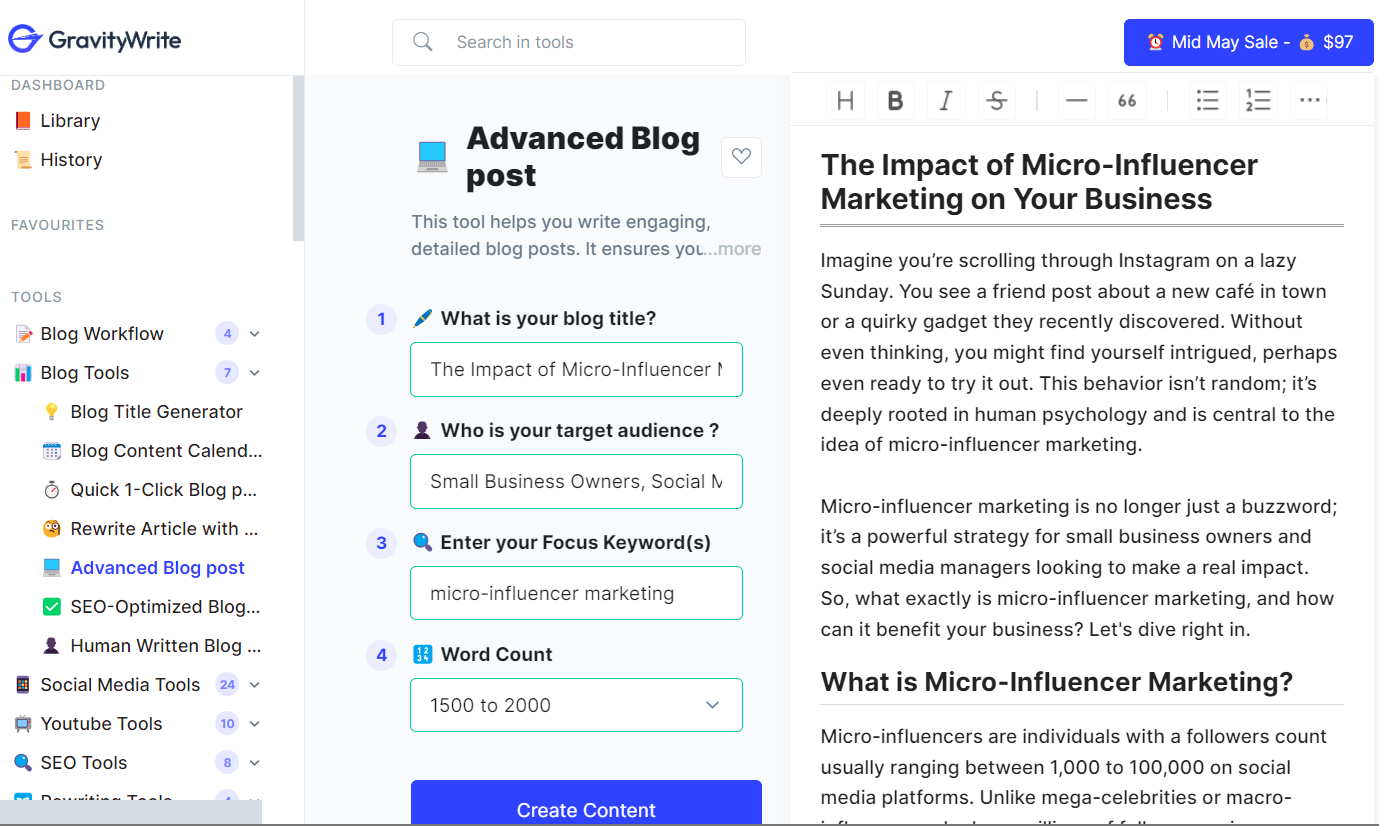
GravityWrite Creates Blog Post
Another application of AI content tools is to optimize social media scheduling and automation (such as Syllaby.io). These features enable businesses to forecast and schedule posts at optimal times for maximum visibility and engagement.
Maybe you are interested:
Top 11 Free AI Content Writer Tools in 2025 [We Tested Them All]
Explore 11+ Best Free AI Tools for Social Media Content Creation
AI tools help automate video creation and enable businesses to edit or generate high-quality videos using simple prompts. Tools like HeyGen can analyze your existing videos and provide enhancement suggestions, such as stock media, background music transitions, or text effects.
Businesses can also integrate conversational AI extensions or software to create chatbots based on their business needs. These chatbots help provide instant and relevant responses to their customers’ queries, elevating customer engagement and satisfaction.
4. AI Image
Along with text, AI tools help generate images that can be used in SEO articles, social posts, and other marketing products. AI images are typically free of use and copyright-free, saving you money on stock photo costs.
Here are images we created using Bing with a simple prompt: “An artificial writer writing documents in a futuristic working room”.
5. Voice-activated Virtual Assistants
AI text-generation technology and automatic speech recognition (ASR) systems support voice assistants like Siri or Alexa, enabling them to understand spoken language and respond to user requests with precision.
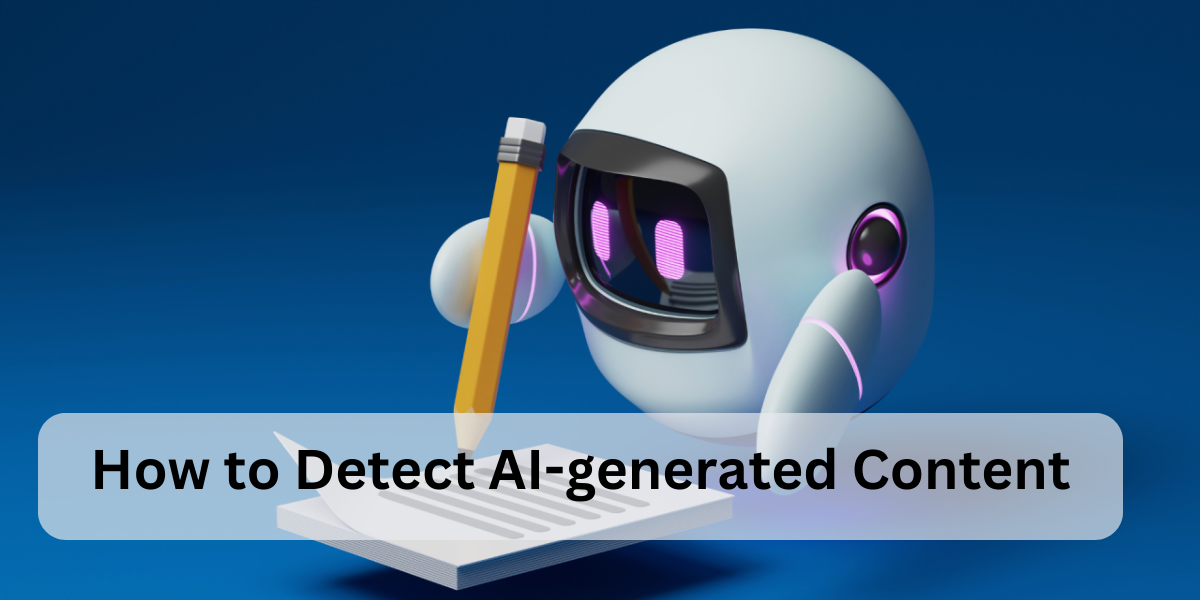
How To Detect AI-Generated Content
The simplest way to detect AI-written materials is to run the text through an AI detector, like Originality AI and Undetectable AI, which we already introduced in our article. Based on our experience working with AI-generated content daily, there are some signs that content is AI-generated.
Beyond the downsides of AI-produced materials that we’ve already mentioned, there are two critical concerns of using AI-generated content: plagiarism and the spread of misinformation.
First, some AI writing assistants deliver new articles by reusing, paraphrasing, and restructuring existing sources without proper citations. Using these materials can cause serious problems as follows.
Students who use AI content might face risks ranging from failing their assignments to more severe disciplinary actions, like suspension or expulsion. Another example is that businesses relying on AI writing to drive visitors to their websites may witness site rankings decline rapidly due to the punishment of search engines on AI content.
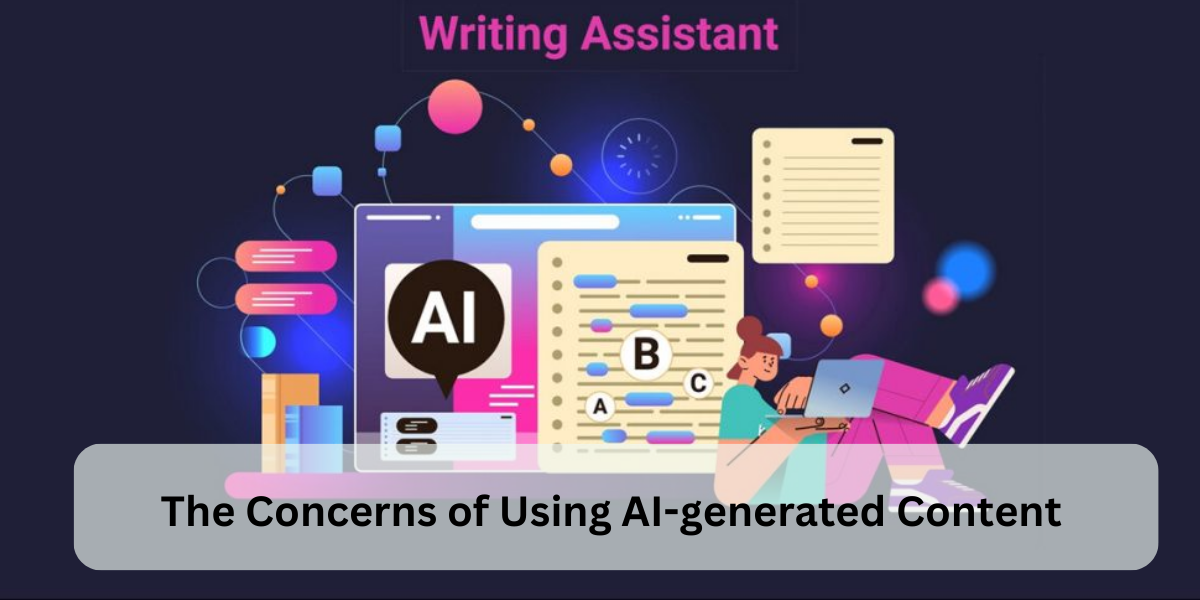
The concerns when using AI Content
One of the most dangerous risk from AI mistake is Spreading misinformation.
Once businesses use AI content containing false information, they unintentionally harm their brands. According to a survey of iResearch Services, 85% of the participants in the consumer group stated that they would not buy a product from a company associated with misinformation. That’s why it is crucial to fact-check information carefully to prevent the dangers of misinformation.
Hope our article can help you have a clear answer to the question, “What is AI-generated Content?”. Using AI content benefits your business by increasing efficiency and reducing expenses. However, it has multiple drawbacks, such as potential risks related to false information or plagiarism.
At TechDictionary, we always remind our readers to use AI tools with considerations to leverage their advantages. Also, it’s necessary to review and humanize AI materials publishing them.
AI-generated content is the content that a machine produces based on human inputs. It typically includes text, images, audio, and videos.
Identifying AI-generated content manually is possible. By humans or tools like Originality AI or Undetectable AI since they can detect AI content with over 90% accuracy.
The biggest issue with AI-produced materials is false information – so you must fact-check carefully. Other critical problems in AI content are bias and ethics. Make sure to add a human touch to the materials.

